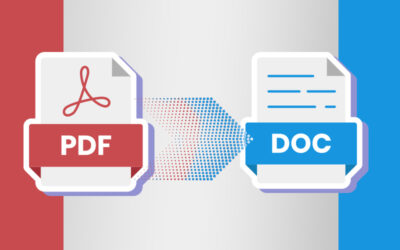
Recently, it was reported that Canadiana, an organization working to create a massive digital library of Canadian history, is continuing with the digital conversion of historical documents and microfilms. The project is done in collaboration with Library and Archives Canada (LAC), and was initiated in the early 2000s. Until last April, they had completed the scanning and indexing of more than 15 million digitized pages, out of a total of 60 million that it hopes to digitize in the next few years. This large scale digitization strategy now facilitates free access to more than six million images related to Canadian history and culture.
Digital preservation is not as easy as scanning a piece of paper. Even though digital storage is less perishable than print, ensuring the sustainability of digital documents is equally important. Measures such as housing servers in separate locations, keeping multiple copies of all files, emulation, and migration can be adopted to preserve digital documents.
Creation of Metadata for Collections – The Real Challenge
Creating descriptive information is one of the major challenges faced in digital archiving of documents. Metadata that include basic descriptive information about the file as well as information about the file format helps users to search collections with specific terms and data. Even though the creation of metadata is challenging, it can provide benefits such as:
- Helps to place items in context
- To give specific information
- Help to track what was done to preserve the object throughout its life cycle (for example: migrating an object from one format to another)
- Metadata can be encapsulated with the digital object, ensures the information stays with the file no matter where it goes.
Once the digital documentation is completed, people can access historical documents in five categories.
- Aboriginal history
- Genealogical information
- Government documents
- Landmark papers of prominent Canadians
- Military history
Someone selecting military history will be able to access details on Canada’s war diaries, government documents, registrars, militia lists, army registration documents, periodicals, gazettes, coverage of military operations, literature and poems about the war.



